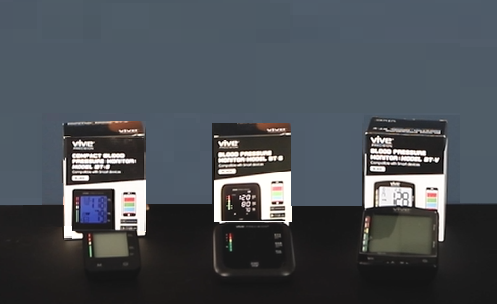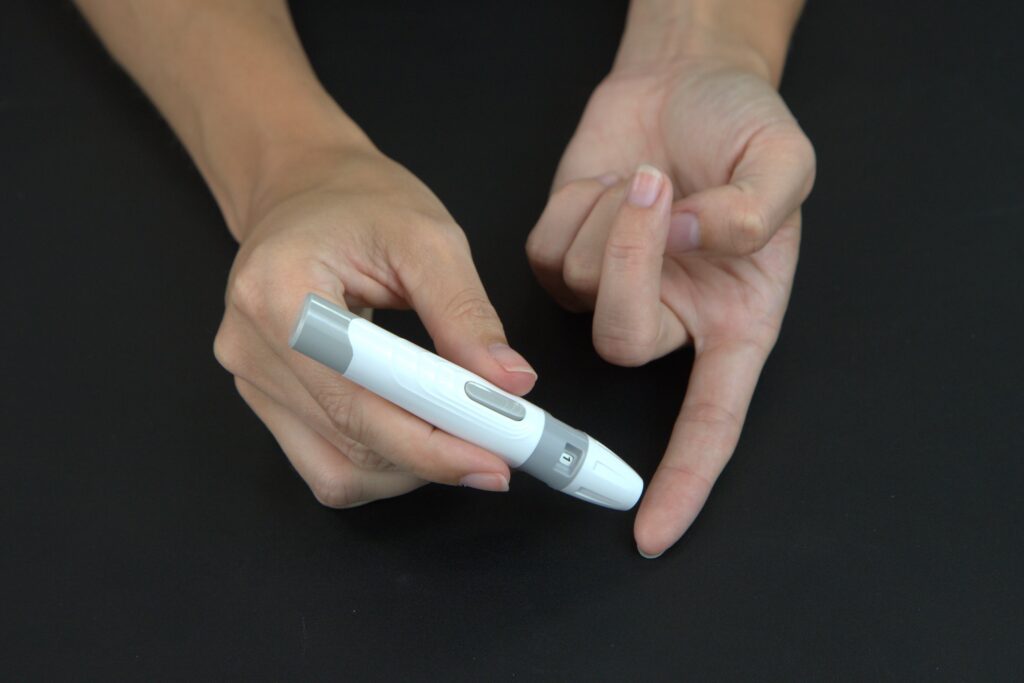Remote patient monitoring (RPM) and Chronic Care Management (CCM) are two essential tools in healthcare that aim to improve patient outcomes and reduce healthcare costs. RPM and CCM have similarities, but they are also distinct in several aspects. In this blog post, we will delve into the difference between RPM and CCM and how they can work together to provide better care to patients.

Remote Patient Monitoring (RPM) is a technology-driven approach that enables medical professionals to remotely monitor the health of patients in their homes. RPM collects data from various sources such as wearable devices, medical devices, and other sources. The collected data is then transmitted to healthcare professionals for analysis and interpretation. With RPM, patients’ conditions can be monitored more frequently, allowing healthcare professionals to detect changes in their conditions early on and prevent serious health issues from arising.
Chronic Care Management (CCM), on the other hand, is a comprehensive approach to managing the care of patients with chronic conditions. CCM involves regular check-ins with patients, coordination of care between healthcare professionals, and provision of care management services such as medication management, education, and care planning. The primary goal of CCM is to improve patient outcomes, reduce healthcare costs, and enhance the overall patient experience.
When RPM and CCM are used together, they can provide better care to patients. RPM can collect data from patients, which can be used to inform care management decisions. For example, if a patient’s blood pressure is high, a CCM provider can work with the patient to develop a care plan to manage their condition. Additionally, CCM can provide the support and education needed by patients to effectively manage their conditions, leading to improved outcomes.
In conclusion, RPM and CCM are two vital tools in healthcare that play a critical role in improving patient outcomes and reducing healthcare costs. RPM is a technology-based approach that allows for remote monitoring of patients, while CCM is a comprehensive approach to managing the care of patients with chronic conditions. When used together, RPM and CCM can provide better care to patients by providing more frequent monitoring, informing care management decisions, and providing support and education to patients. By combining the strengths of both approaches, healthcare providers can deliver high-quality care to patients and help improve their overall health and well-being.
Read our last blog here about National Heart Health Month.









